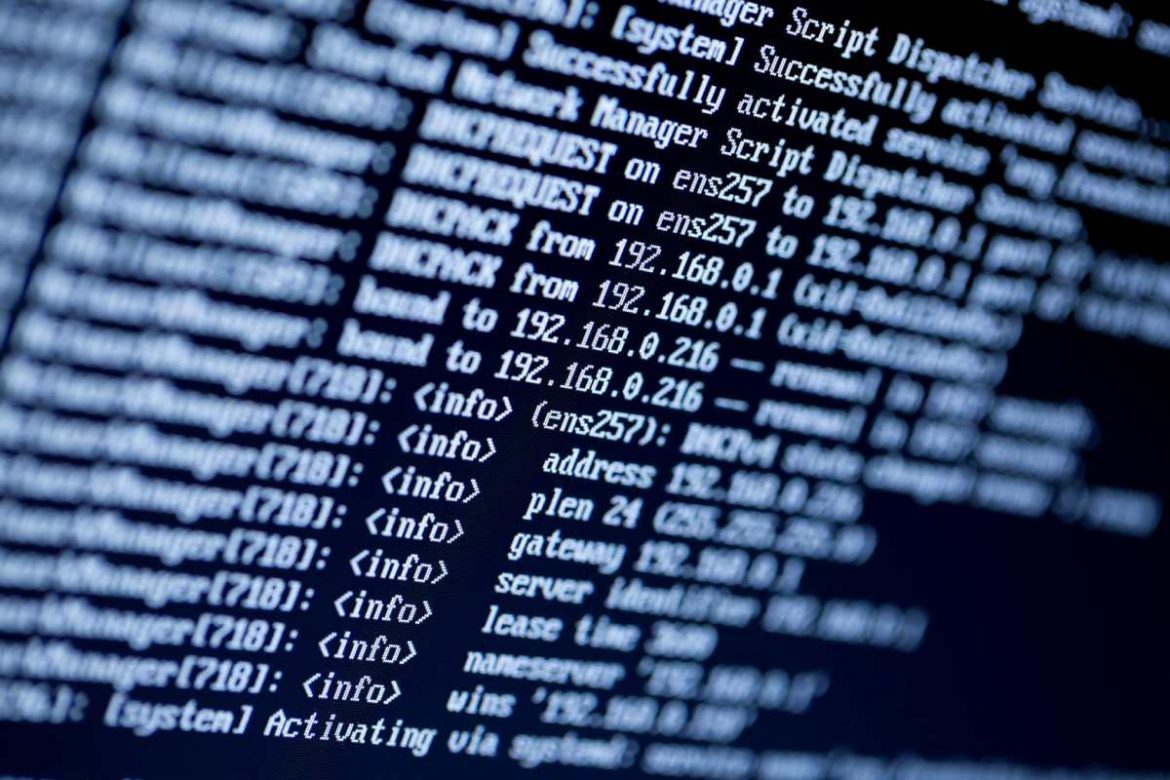Addressing unmanaged Linux Device Management – The management of Linux devices is a challenge that many IT companies face today. IT and DevOps personnel must ensure that each Linux system and server is patched, log files are rotated, the correct users are on each device, processes are operating as intended, and many such functions.
With Linux desktop variants significantly impacting the market (positively), IT administrators need to consider this OS (operating system) as an essential part of their device fleet. The Linux server OSs have dominated for years and continue to capture a considerable market share from Windows.
Linux device management has always involved unique technical expertise, making it a task that only a handful of IT professionals would undertake. DevOps engineers and IT administrators need to know their way around the command line and be able to write and execute scripts.
Separately Managed Linux Devices
Generally, Linux servers are used by developers to accommodate production infrastructure or other vital data and information systems. Developers frequently use the Linux desktop versions, and many companies are increasingly using them to trim costs with different functions, including sales, customer support, and sometimes remote workers.
In essence, Linux MDM needs a strong security mindset to ensure that infrastructure is protected. In practice, devices are frequently managed separately from other systems in the environment. Most IT management tools disregard Linux because it was historically considered a server platform managed by DevOps.
When developers or users have a separately managed Linux device, IT companies may not have complete control and visibility over the device. It includes managing user access, installing full disk encryption and enforcing other security policies.
It could lead to significant risks to companies since the device’s critical software components and data can be susceptible to an attack without the IT department’s knowledge. With the developer use case, there is source code often on the Linux device so it could be high risk.
DevOps often manage their Linux machines in the data centre of the cloud infrastructure environment. They will optimise their configuration management solutions to handle programming management. Open source MDM is another favourite solution of most IT administrators. It is not often a good fit for Linux device management.
While these configuration management tools can offer flexibility, they need coding skills and infrastructure to ensure that the versions are correct, the code is secure, and there is data on executing those scripts.
There is no central MDM for heterogeneous environments that manage Linux devices and the rest of the devices in the infrastructure. It doesn’t matter if it is Windows MDM, Apple MDM, or mobile devices. The requirement of multiple tools can increase the cost of the MDM solution. IT companies and the DevOps team will often have complete tools to manage their infrastructure without the capacity to understand the entire device fleet across a company.
Conclusion
Like all other system or mobile device management approaches, Linux device management should start with user access. With identity security arguably being the most vital issue in security today, IT or DevOps should manage access to the device to operate it. Once IT or DevOps control access, configurations, settings, and security processes can be enforced without heavy scripting from manual management, configuration management solutions, or other tools. The advantage of a new approach to MDM for Linux could include improved monitoring and reporting along with increased control and security.
Reference Links:
https://jumpcloud.com/blog/linux-device-management


